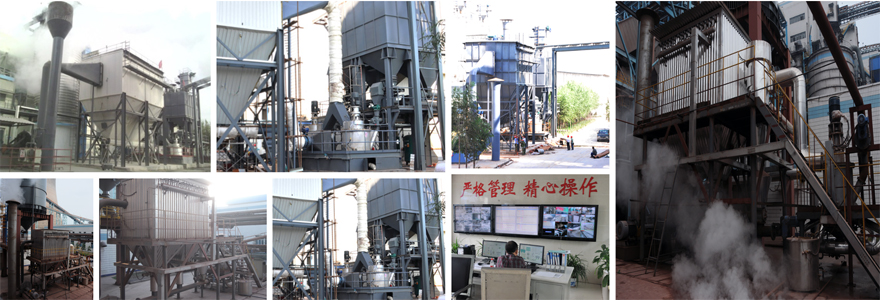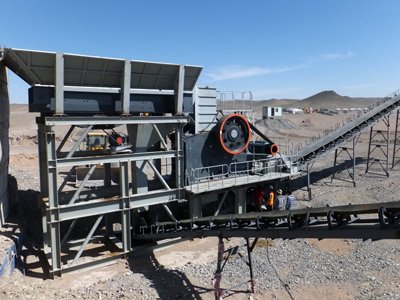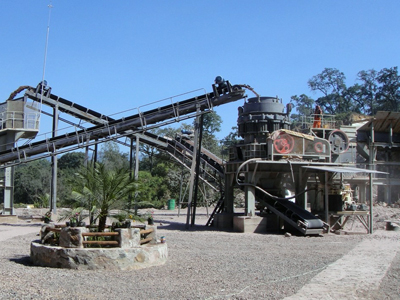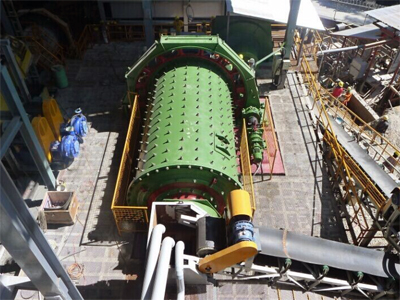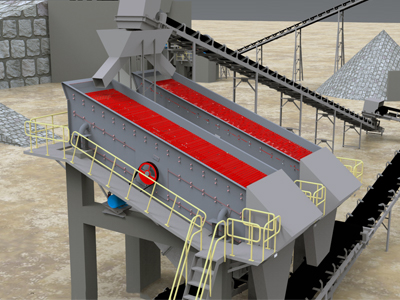-
Address: N0.2555,Xiupu Road, Kangqiao
Industrial Area, Pudong, Shanghai -
Call Us: (+86) 021-51095338
[email protected]
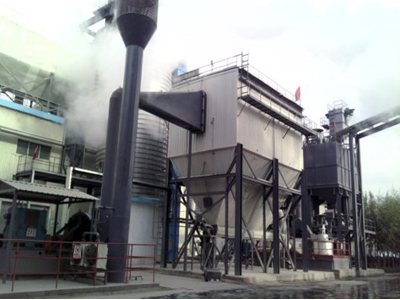
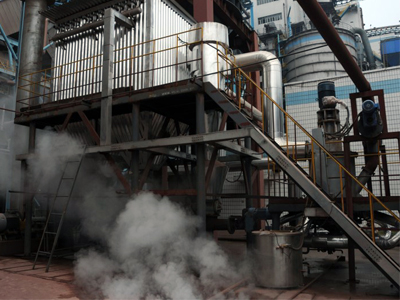
1.Brief introduction of the Steam Jet Mill.
Water vapor is the oldest form of thermal energy known to man, commonly understood as visible clouds of steam (saturated steam). Naturally, this kind of saturated steam is not suitable for use inside a dry-grinding mill. However, saturated steam is not the only form of appearance of water vapor, The process uses superheated steam as a grinding gas - this is absolutely dry!
The Steam Jet Mill is a systematic further development of those air jet mills with integrated air classifier already established on the market. If steam is used as a grinding medium instead of air, then the jet energy available is significantly higher. The machine is the key to obtaining higher capacities and new ranges of fineness (submicron) with dry grinding.
Industrial waste heat-large quantity of industrial waste heat--- industry such as steel, nonferrous metals, chemicals, building materials, thermal power, etc. China's energy utilization rate is only about 33%. At least 50% of industrial waste energy (approximately 1.2 billion tons of standard coal) is discarded as different kinds of waste heat.
Utilize the boiler to produce superheated steam (pressure ≥0.2MPa, temperature ≥200℃), and then pass it into the steam jet mill. The high-performance supersonic nozzle of the steam jet mill accelerates to a high speed of 800~1200m/s and forms high strength at the same time. The entrainment power enables a large amount of materials to be entrained into the mainstream area of the high-speed steam flow to obtain a speed of 1000m/s and strong smashing kinetic energy, and then the materials are crushed by the coupling of multiple forces such as collision, friction, and shearing. The materials that are crushed to the required particle size are classified by the steam jet mill high-precision classifier and then enter the collector for collection. The unqualified materials are returned to the crushing chamber and continue to be crushed until the required fineness is reached.
2.Production Process Diagram of Steam Jet Mill
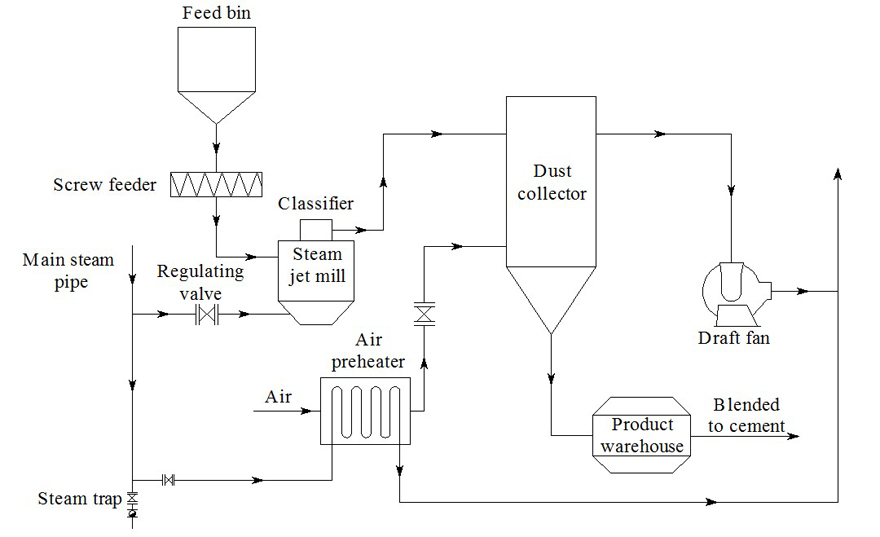
3.Features of Steam Jet Mill
High energy utilization rate, high crushing strength and high crushing efficiency. The energy consumption per unit output is about 1/8 of that of traditional jet pulverization, which greatly reduces the cost of pulverization.
High energy utilization. The steam jet mill directly uses fuel to generate steam, and 90% of the fuel energy can be used. Compared with traditional jet pulverization, traditional jet pulverization is driven by electric energy, and its energy utilization rate is low, because the efficiency of fuel to generate electricity is 35%-40%, and the power transmission and distribution loss is 10%. The outlet temperature is limited. Generally, when the outlet pressure is higher than 0.4MPa, two-stage compression is required. The efficiency of the two-stage compressor is generally 58%, so the energy utilization rate of traditional jet pulverization is only about 21%. The energy utilization rate of the steam jet mill is about 3.6 times that of the jet mill.
The crushing strength is high. The steam jet mill can be used to obtain an airflow velocity of 800~1200m/s, and the material can be accelerated to 1000m/s. In the traditional jet mill, the air velocity is only about 500m/s, and the material acquisition speed is lower. Therefore, the steam jet mill can make the crushing strength of the material much larger than that of the traditional jet crushing. It is more than 2 times of jet mill.
The crushing efficiency is higher and the crushing processing cost is high. Due to the high crushing strength, the crushing efficiency is greatly improved, and the energy utilization rate is high, which greatly reduces the crushing cost.
The production capacity is large to meet the needs of large-scale production. Take the production of ultra-fine solid sulfur ash as an example, 20T/h steam consumption (P=0.4MPa, T=270℃) can produce 30 tons of ultra-fine solid sulfur ash with an average particle size of 5μm, and 70 tons with an average particle size of 8.999μm. Fine solid sulfur ash, which is difficult to achieve by jet mill.
The product has high purity, simple process, narrow product particle size distribution, and good particle shape.
The classification accuracy is high, and it can process ultra-fine powders of 1~70μm. The material is crushed under the full dry method, and there is no hydration of the processed material. Since the crushing system uses superheated steam, the system temperature is higher than the steam condensation temperature, no condensation water is produced during the production process, and there is no hydration of the processed materials.
It has anti-oxidation, anti-explosion and anti-static properties. Because the crushing realizes the material crushing in the steam environment, it prevents the danger of oxidation, oxidation and explosion of the material. At the same time, because water is a polar substance and has conductive properties, the static electricity generated in the flow and crushing of the material can be quickly discharged, preventing Accumulation of static electricity.
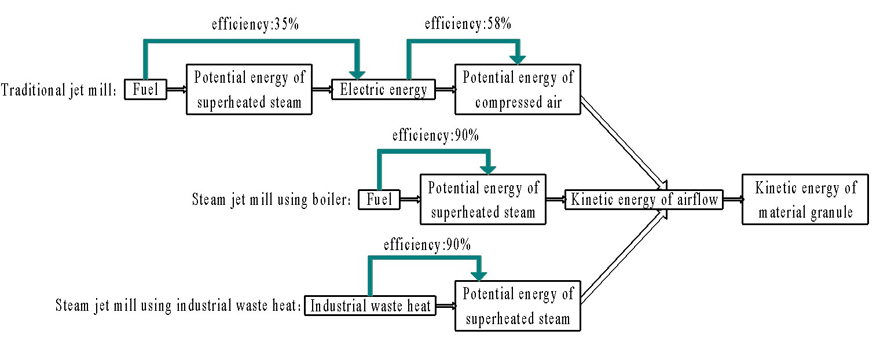
4.Application field of Steam Jet Mill
Due to the low processing cost and the advantages of large-scale production and processing, it greatly expands the range of processing materials and is suitable for ultra-fine processing of non-heat sensitive materials. Not only can it be widely used in heavy calcium, talc, kaolin, wollastonite, graphite, mica, quartz, zircon and other large non-metallic minerals and various non-heat sensitive chemical ultra-fine processing such as silicon carbide and titanium dioxide, but also in powder Processing of bulk industrial solid waste residues such as coal ash, metallurgical slag, and chemical slag.
